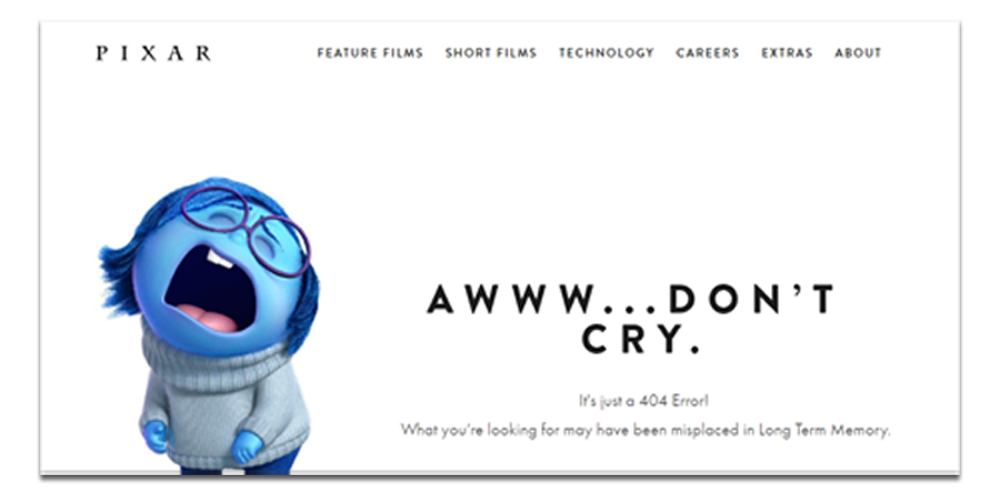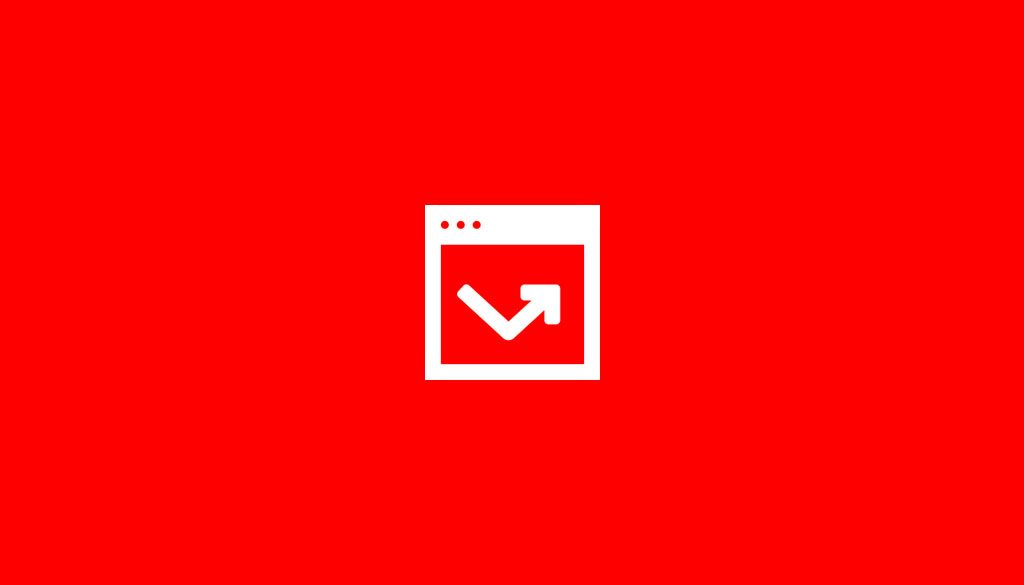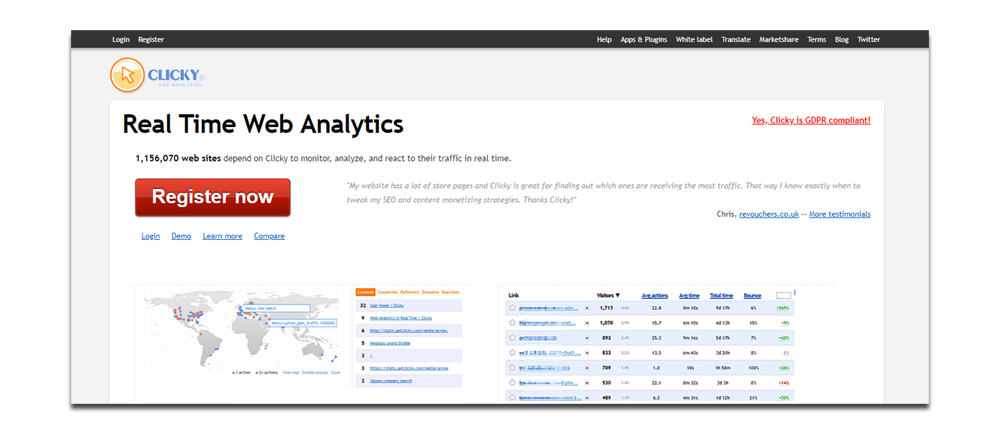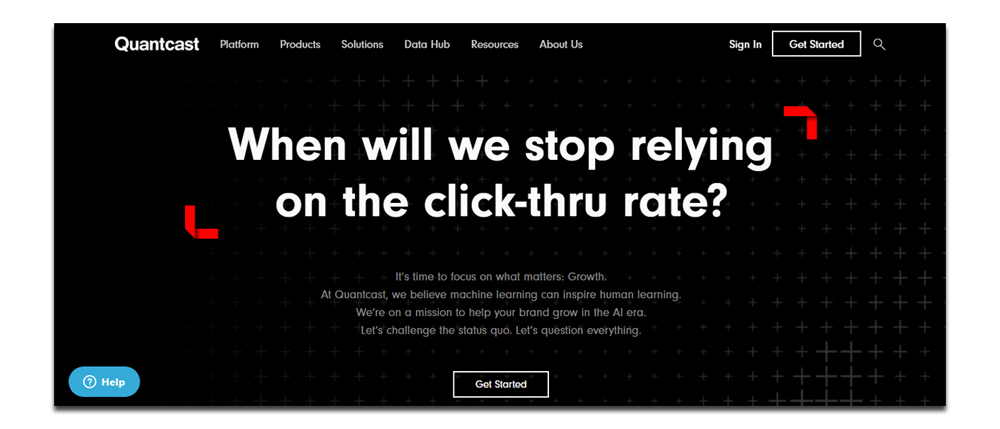As per definition, Bounce rate is the percentage of all visitors who opens your website and leave your site without navigating other pages in the same website. It gives a measure of responsiveness and effectiveness of your website. The number shows how much time people spend in your website in one particular session (within 30 mins of entering the website). In most of the cases, the landing page/the home page decides the average no of visitors who navigate different pages in your website. If the number is higher than the average, then there is something grossly wrong with your website and needs your attention.
Hence the next question comes- What are the good, average and bad bounce rates!!
First of all, Bounce rate is a metric of total number of one page visits divided by total number of entries to the website. Any percentage within 25 to 60 is considered to be ok. If the bounce rate becomes higher than 60, then you need to check the issues in website for poor bounce rate.
However, there are few exceptions to this rule. If your website is a blog or a single page website where your visitors get all information in the same page and stick to that page.
How is Bounce Rate calculated?
As per Google Analytics, a bounce rate can be described as follows-
A bounce is a single-page session on your site. In Analytics, a bounce is calculated specifically as a session that triggers only a single request to the Analytics server, such as when a user opens a single page on your site and then exits without triggering any other requests to the Analytics server during that session. Bounce rate is single-page sessions divided by all sessions, or the percentage of all sessions on your site in which users viewed only a single page and triggered only a single request to the Analytics server.
However, many researcher disagree to this definition. Bounce rate is not a measure of a visit with single page view. Rather, it’s a visit with a single engagement. The engagement can be calculated from many other factors, such as page views, events, ecommerce items, ecommerce transactions, social share. All these factors have a significant role to play on bounce rate calculation through GA. But, the definition does not speak about any of them.
A bounce is a single-page session on your site. In Analytics, a bounce is calculated specifically as a session that triggers only a single request to the Analytics server, such as when a user opens a single page on your site and then exits without triggering any other requests to the Analytics server during that session.
Bounce rate is single-page sessions divided by all sessions, or the percentage of all sessions on your site in which users viewed only a single page and triggered only a single request to the Analytics server.
However, many researcher disagree to this definition. Bounce rate is not a measure of a visit with single page view. Rather, it’s a visit with a single engagement. The engagement can be calculated from many other factors, such as page views, events, ecommerce items, ecommerce transactions, social share. All these factors have a significant role to play on bounce rate calculation through GA. But, the definition does not speak about any of them.
Factors that affect Bounce Rate
There are many factors that directly affects the website bounce rate. Though its going to be a long list to put all the parameters at one place, but we can definitely dig little deeper into few of the major factors.
Website Page load speed
Website speed plays an important role in the bounce rate. If your page is slow to load, visitors may get fed up and leave your site. Even, Google has included the website speed as a parameter of Google’s ranking algorithm. Hence, a website with a low page speed will have higher bounce rate. Fixing your Website speed will give you lower bounce rate and also SEO benefits.
Read on how to optimize your website to have higher website speed.
Misleading Meta Tags and Title Tags
Title tags or Meta tags are the most important part of any content. They should be a summary of what your content is all about. If a visitor enters your website assuming the content to be something and there is a mismatch, then the visitor immediately goes back from where he came and cause a bounce. Hence, put your title or Meta tag as per the content or change the content so that it has the elements that the title speaks about.
Navigation Issues
Navigation system in any website acts as a roadmap in the website. A clear call to action system and proper navigation inside a web page give a better user experience to the visitors. This in turn help visitors achieve their objective. This in turn lowers the bounce rate.
Also, put proper call to action at required places. Without any call to action, visitors feel lost in your website and that diminishes your visitor’s user experience
Soft 404s or empty pages /Out of stock pages
In some cases, your web pages may not be available or they may have moved to some other URL. This is a case of soft 404. Such cases may diminish the User experience and result in higher bounce rate.

In order to solve this, if you page is no longer available, make sure you have a 404 not found page or a custom page which has the page no longer available message on it. If your page has a replacement page, you can use 301 redirection to direct to that page.
Website design
Website design also plays an important role in bounce rate. If the website has too many images, animation, it may slow down and create a bad user experience. Apart from, the design, the navigation options, Color choices also play an important role. If the color choices are poor, the text may not be readable. Choosing the right kind of website design hence, is important for bounce rate.
Poor Mobile experience
In today’s age, 85% people send most of their time on browsing through mobile devices. Hence, the user experience in a mobile device for any device is crucial. A visitor will leave the content and web page and move to another site, if the mobile experience is really poor.
Tools to measure Bounce Rates
There are a no of commercial tools available in the market for measuring the data and analytics. Few of the widely used tools are as follows-
Google Analytics
This is one of the best free tool offered by Google so far that helps a website administrator to track and analyze various parameters along with bounce rates. You should definitely take it as a first step to link your page your Google analytics to track the analytics behind your website visitors and their behavior.

In Order to register on the same, you can visit to the below link and register with your company information.
Once the registration is done successfully, Google will give you a unique tracking ID. Put the tracking code on the header of all the pages so as to track the user behavior for your web pages.
Alexa
Alexa is another tool offered by Amazon to measure various analytical parameter of a website for better performance. It’s a useful tool for Bounce rate measurement too.
Clicky
This is another website to measure real time website traffic continently.
Quantcast
This is a tool used for getting various analytical measurements though AI and machine learning integrated platform.
How to reduce Bounce rate
Improved Content and Placement strategy
The method is self-explanatory. The web page content needs to be specific and relevant in order to reduce the bounce rates. When we talk about content, then many other factors come into picture such as the keywords, meta tags, meta description etc. If the meta description of a website is about an interesting topic on sports and the content speaks about politics. Then, such kind of content repel the visitors and they immediately want to leave the site.
Another important measure in the content strategy is updating your existing content. Your content needs to be fresh and updated time to time to add newer contents.
Hence, the first step towards reducing the bounce rate should be to put relevant content on your web page.
Avoid using pop-up options
Pop-ups are the most annoying thing on any web page. Whenever a visitor tries to read the content, pop-us really break the flow and give a worse user experience. Not necessarily pop up has to be an ad. Sometimes, forms, videos on a web page pops up and worsen the user experience resulting in bounce. Hence, try to avoid pop up as much as possible. In order to give forms for users to sign up, you can put them at a corner instead of a pop up at the middle of the page.
Improved Website design and development
A good website design will not just have good content, but all the elements are placed in a proper format. The website layout, the look and feel, proper placement of image and graphics, font type and size and proper call to action are few of the important factors that affect the user experience and bounce rate. Also, the color choice for fonts and background, their integration with the image, graphics, logo etc, readability of the fonts and alignment are few more important things to consider for a better website design.
You can consider reading the article on various important checklist while designing a website.
Continuous analysis of Bounce rates
It is very important to analyze the data through Google Analytics or any other analytical tool on a regular basis. Set a targeted time interval on which you will check the data. Based on the target, do a regular check of all the measurable statistics.
Industry Benchmarking
You can do this comparison against benchmarked data through Google analytics or any other analytical tool. In Google Analytics, go to Audience > Behavior > Benchmarking > Channels. Here you can choose your vertical and compare the time period of which you want to see the data. You can get a better idea on how your website’s bounce rate performs as compared to others in the same industry.
Improvement in the website engagement
Website engagement depends on many factors such as catchy content, call to action at the right places, navigation options etc. If a content is arranged in a proper manner, with not a lot of text or not very little text, can definitely increase engagement and result in lowering the bounce rates
Final Thoughts…..
Though, it seems like a simple term, but bounce rate is much more than that. The analytical data that we receive from all the tools are correlated. There are a number of factors that affect in such rates. But, the metric is important not just to make your website look better performing, but makes it better in SEO ranking. Search engines likes to show the pages which gives a better User experience and better engagement.
Tikitech is a modern agency which expertise in graphic design, web and app development and digital marketing. If you want to make your website perform better as compared to other players in the industry, our experts can help you do so. For information and latest updates, stay tuned and follow us on Facebook and Linkedin.





I have been exploring for a little for any high quality articles or blog posts on this sort of area . Exploring in Yahoo I ultimately stumbled upon this website. Studying this information So i’m glad to convey that I’ve an incredibly excellent uncanny feeling I came upon just what I needed. I so much indubitably will make sure to do not forget this site and provides it a look regularly.